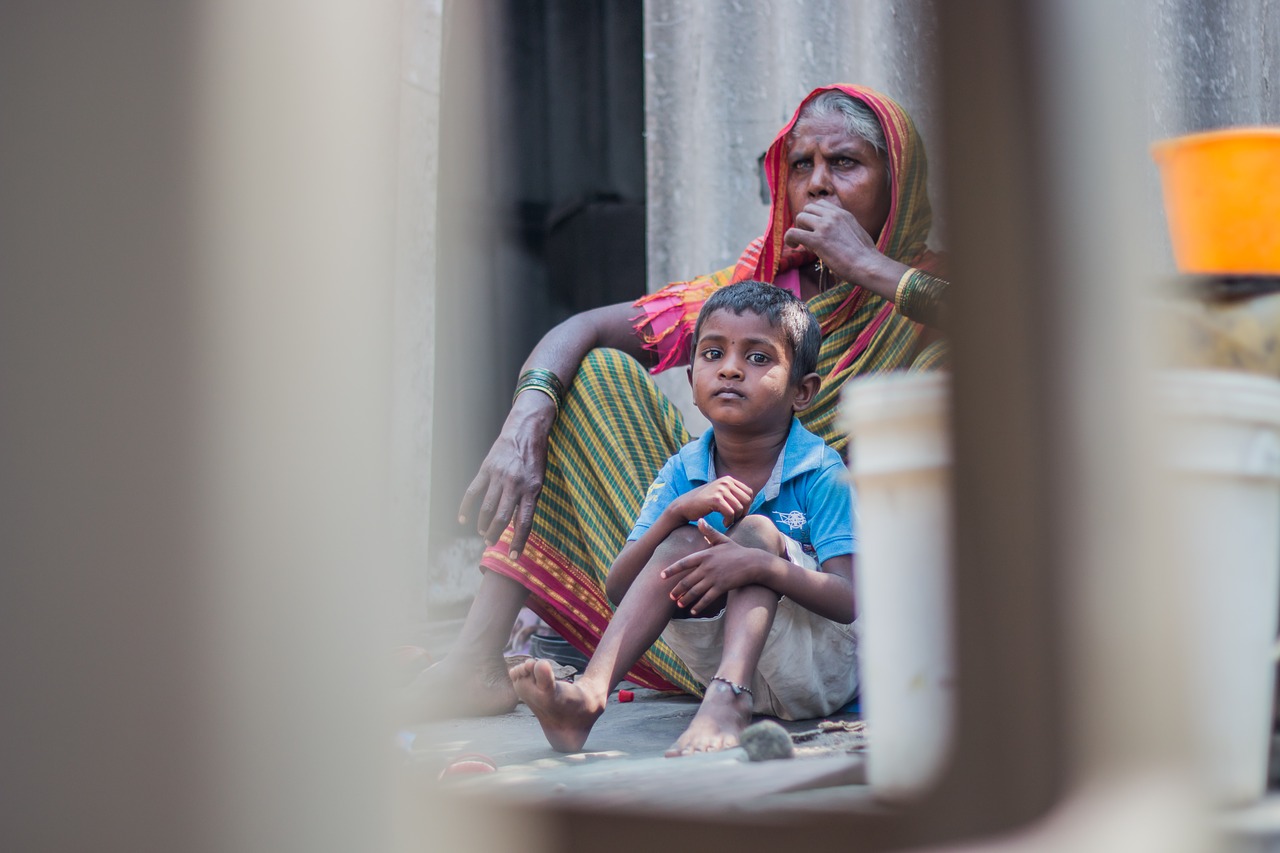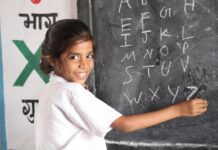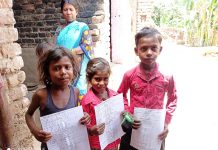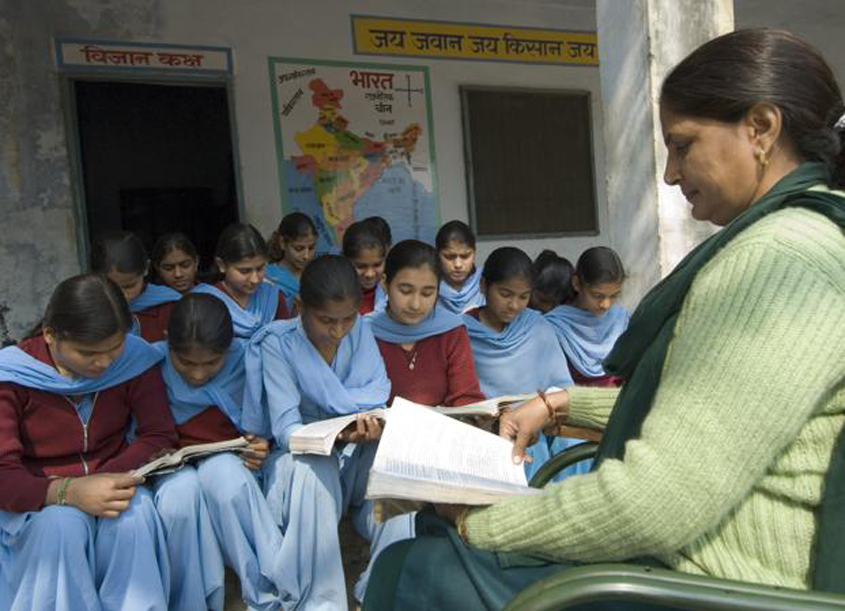On March 11, 2020, the World Health Organization (WHO) announced the COVID-19 outbreak as a Pandemic. Furthermore, on March 24, 2020, India’s prime minister announced a three-week-long nationwide lockdown as a responsive measure to tackle the situation. After exactly a year down the lane, there is a need to re-evaluate and analyse the most vulnerable groups of our society and how much India’s government has to offer to women and young children?
According to the ‘Direct and Indirect Effects of the COVID-19 Pandemic and Response in South Asia,’ a UNICEF (ROSA) report, “the number of deaths among children < 5 years are estimated to increase by a total of 228,641 across the six South Asian countries in 2020 compared to the previous year, with 134,789 of these deaths expected to occur in the neonatal period. The greatest increases are anticipated in India (154,020, 15% increase) and Pakistan (59,251, 14% increase) respectively,” as a consequence of the COVID-19 pandemic response.
The report is based on the six most populous countries of the South Asian region (Afghanistan, Bangladesh, Nepal, India, Pakistan and Sri Lanka). The report was published in March 2021. It studied the impact of COVID-19 on mortality, hospitalisations, and ICU admissions due to the disease and the effect of nationwide lockdown on maternal and child mortality, educational attainment of children, and the region’s economy. The report indicated grim results for all the countries with a significant impact of COVID-19 on maternal and child mortality, education and economy.
The unprecedented pandemic outbreak in 2020 severely affected the marginalised sections of our society, especially children. Due to this situation, the demands were of higher allocations in the Union Budget 2021-22 under children’s sectors. The schemes and programs related to children (such as safety, love and care, health, nutrition, and education), which even before the COVID-19 situation demanded strengthening and attention in budget allocations, have faced massive cuts and mergers ever before. In the Union Budget 2012-22, children received the lowest share in the last ten years.
Several schemes are merged under another umbrella scheme in the Union Budget 2021-22. Integrated Child Development Services (ICDS) is clubbed with Poshan Abhiyan, Scheme for Adolescent Girls, and National Creche Scheme under ‘Saksham Anganwadi and POSHAN 2.0‘. Pradhan Mantri Matru Vandana Yojana (PMMVY) has been clubbed with Beti Bachao Beti Padhao, Mahila Shakti Kendra, and Gender Budgeting/Research, Publication and Monitoring under ‘SAMARTHYA‘. The Mid-day Meal scheme has not been clubbed with any other scheme in this budget.
When each sector related to children needs special attention and strengthening, these mergers and reduced budget severely affect all the beneficiaries linked with the schemes.
| Sectoral Share in Union Budget 2021-22 (Per Cent) | |||||
| Year | Health BE | Development BE | Education BE | Protection BE | Other than BfC |
| 2016–2017 | 0.12 | 0.77 | 2.40 | 0.03 | 96.68 |
| 2017-2018 | 0.12 | 0.80 | 2.34 | 0.05 | 96.68 |
| 2018-2019 | 0.13 | 0.82 | 2.25 | 0.05 | 96.76 |
| 2019-2020 | 0.12 | 0.85 | 2.19 | 0.07 | 96.71 |
| 2020-2021 | 0.11 | 0.80 | 2.18 | 0.06 | 96.84 |
| 2021-2022 | 0.11 | 0.57 | 1.74 | 0.03 | 97.54 |
Source – HAQ: Centre for Child Rights report (Budget for Children 2021-22 Cast in Shadows)
The table provides us with an outline of the budget allocations over the years in social sectors. The sectoral share of Child Health, Education, Development and Protection have received reduced allocations in the Union Budget 2012-22. The share of Child Health, Development, and Protection is not even 1 per cent of the total budget. The share of child education has gone down from 2.18 per cent in 2020-21 to 1.74 per cent in Union Budget 2021-22. This budget cut is an issue of concern when we are looking forward to New Education Policy 2020, which for the first time included pre-school children and also put a focus on digital education. The question that needs to be addressed here is – If we do not have budgets to fulfil our children’s basic needs, then for whom are we imagining this digital education?
Key takeaways from the HAQ and Right to Food Campaign Reports are:
- The Supplementary Nutrition Programme has been merged with the existing Poshan Abhiyan. A new Mission Poshan 2.0 has been launched with a total outlay of Rs. 19412.60 Crore.
- Mid-Day Meal Scheme allocation has received a 4.55 per cent increase with a total outlay of Rs. 11500 Crore in the Union Budget 2021-22 compared to the budget allocated in Union Budget 2020-21 of Rs. 11000.
- SAMARTHYA (PMMVY with other schemes) is allocated a budget of ₹2522 crore, compared to the budget allocated of ₹2500 crore for only PMMVY in Budget 2020-21.
- ICDS and National Creches Scheme (NCS), now both with reduced allocations, falls under SAKSHAM. The revised estimates for 2021 for the flagship scheme National Nutrition Mission/POSHAN is only ₹600 crore compared to budget estimates of ₹3,700 crores.
Source – Right to Food Campaign Report
In the above graph, Anganwadi “plus” (SAKSHAM) is ‘Saksham Anganwadi and POSHAN 2.0‘. The budget has been reduced, even when there are mergers under a new service. There should have been an increase in the budget when the mergers were proposed. This implies reduced budget allocations for individual schemes.
Some recommendations presented by the Right to Food Campaign’s report ‘Women and Children Ignored in Union Budget 2021-22‘ are:
- Hot cooked meals under ICDS and midday meals should be revived immediately. Also, these meals should be extended to children under three years of age through crèches and to pregnant and lactating women through community kitchens.
- The budget for ICDS and midday meals should make adequate provisions for the inclusion of eggs.
- Universalisation and Unconditional ‘Maternity entitlements’. The amount of benefit should be increased to at least ₹6,000 per child, as per the provisions of NFSA.
- The provisions for minimum wage and decent working conditions should be made for all workers providing care work, such as Anganwadi Workers and Helpers, ASHAs.
Despite incorporating the pre-school age children in the New Education Policy, 2020, children’s sectors remain underfunded. It is high time for us to recognise that education does not start at the age of 3. All the above-discussed issues and sectors related to children under the age of six do affect their education and life. If all the child’s basic needs are not fulfilled, they lack behind compared to the child whose basic needs are fulfilled during childhood. It is, therefore, imperative to allocate a higher budget for children for their holistic development. Also, being conscious of the period we are in, i.e. post-pandemic situation, when women and children are slowly going back to their work and school, the focus should be on providing support and motivation.
Swati Shukla is Facilitator ECD Knowledge at Mobile Creches, New Delhi. She is also working as a Guest Faculty in the School of Vocational Studies, Ambedkar University Delhi.













